How to measure shoe size
This is the quickest method to find out your foot dimensions at home with just a few props.
How to measure shoe size at home
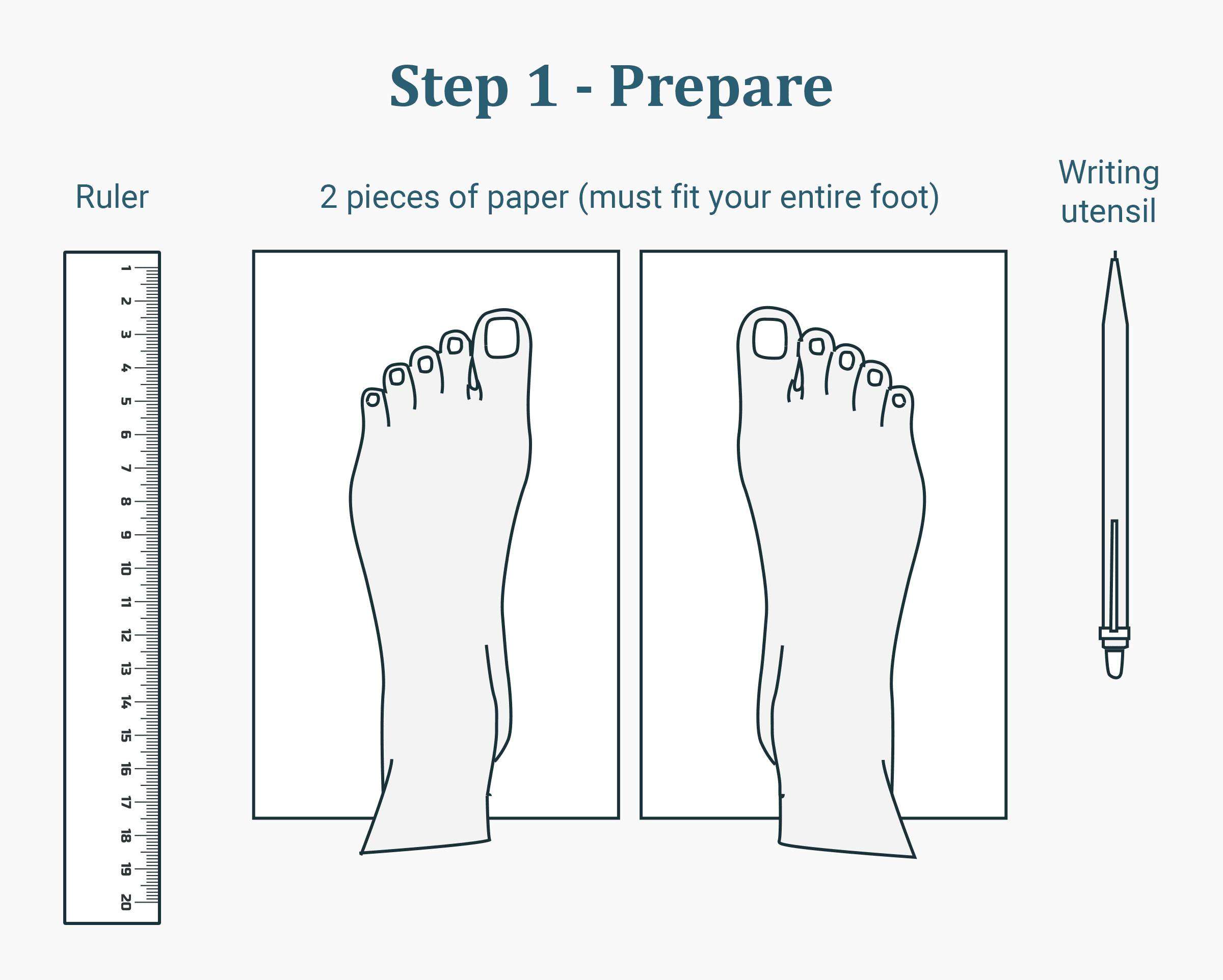
Tips:
- Measure in the evening, when the foot is at its fullest shape
- Be barefoot or put on socks that you plan to wear with the new shoes
- Stand on a hard surface
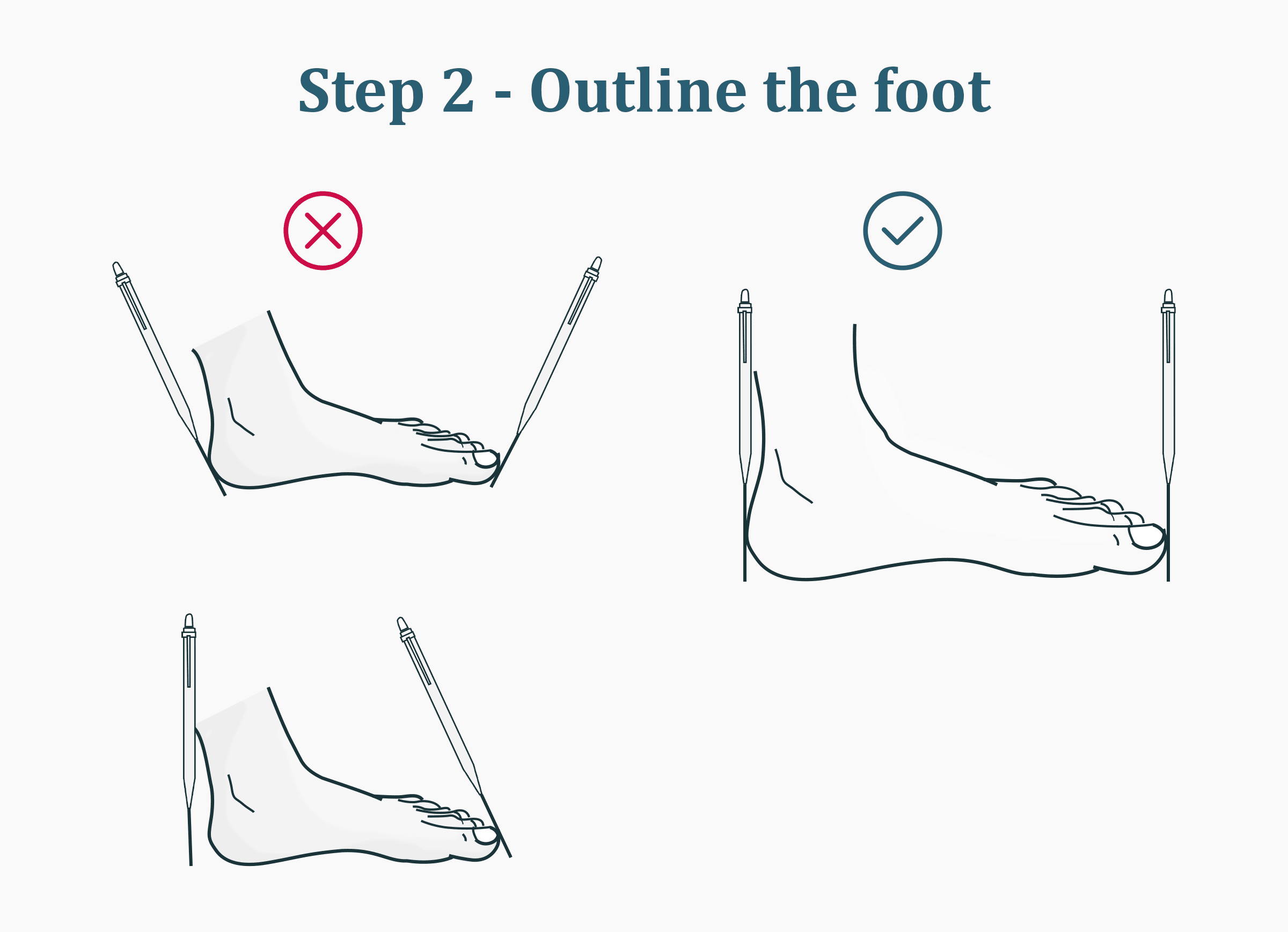
Tips:
- Ask a friend to help you
- Stand straight with your weight equally distributed on both legs
- Trace both feet because it’s normal for one to be longer than the other
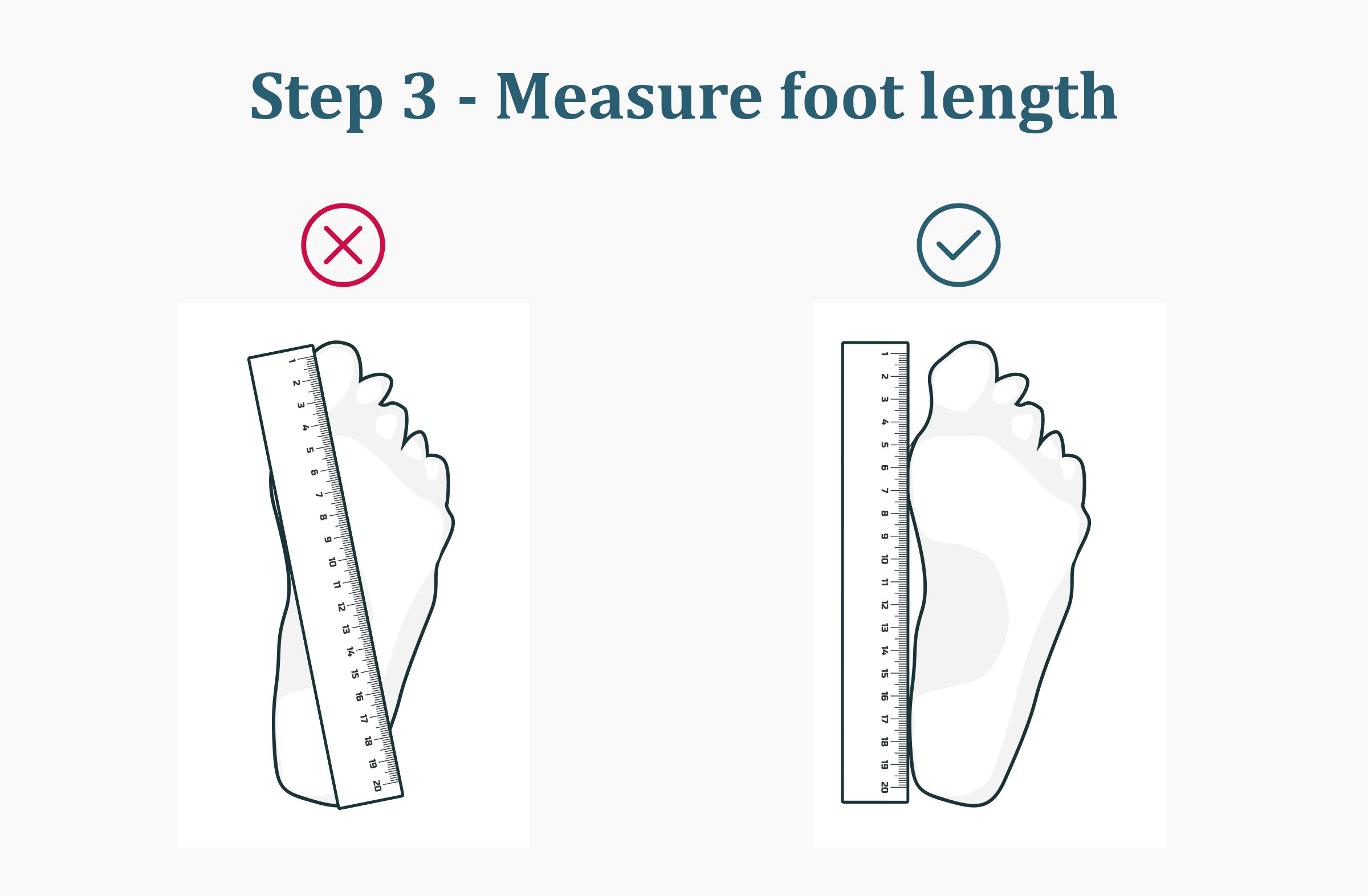
Tips:
- Measure the distance between two most prominent points (from back of the heel to the end of the longest toe)
- Write down the numbers you get
- Use measurements of the longer foot
Find your shoe size in the brand size chart
To get the most accurate size, input your longer foot’s measurements and the brand you plan to purchase from. Our conversion tool contains data from 40+ shoe brands:
Disclaimer: This conversion tool is based on the size charts provided on the official brand websites. However, size may vary depending on the shoe type, model, materials, and your unique foot shape.
Why knowing your foot length is important
Having measured the internal length of over 700 shoes in our lab, we discovered that it can range from 255 to 281 mm in the same US size 9!

That's because brands use different shoe lasts and sometimes even shoes from the same brand can fit widely different. When you know your precise foot length in millimeters (or inches), you can consult the brand about the best size for you in a given model. You can also check the Size and fit section of our lab reviews to see if your shoe of choice runs true to size.
TIP: Mondopoint or CM/CH/JP sizes are NOT the same as foot length. They refer to the shoe's insole length (or internal length), which should be at least 5 mm larger than your actual foot length. That's because you need the extra space for the toes. For example, if your foot is 263 mm long, it's going to feel most comfortable in a Mondo/CM/CH/JP size 270.
Consider foot width
If the shoe length is right but you often get frustrated with the fit of shoes in your regular size (needing extra space or a more snug fit), chances are you need a different width.
Only a few brands provide detailed guidelines and measurements of their shoe widths (i.e. Hoka, New Balance, Inov8). Some companies use proprietary names like "Original/Standard/Slim Footshape Fit" from Atra or "Widest/Wide/Medium Natural-Shape Fit" from Lems.
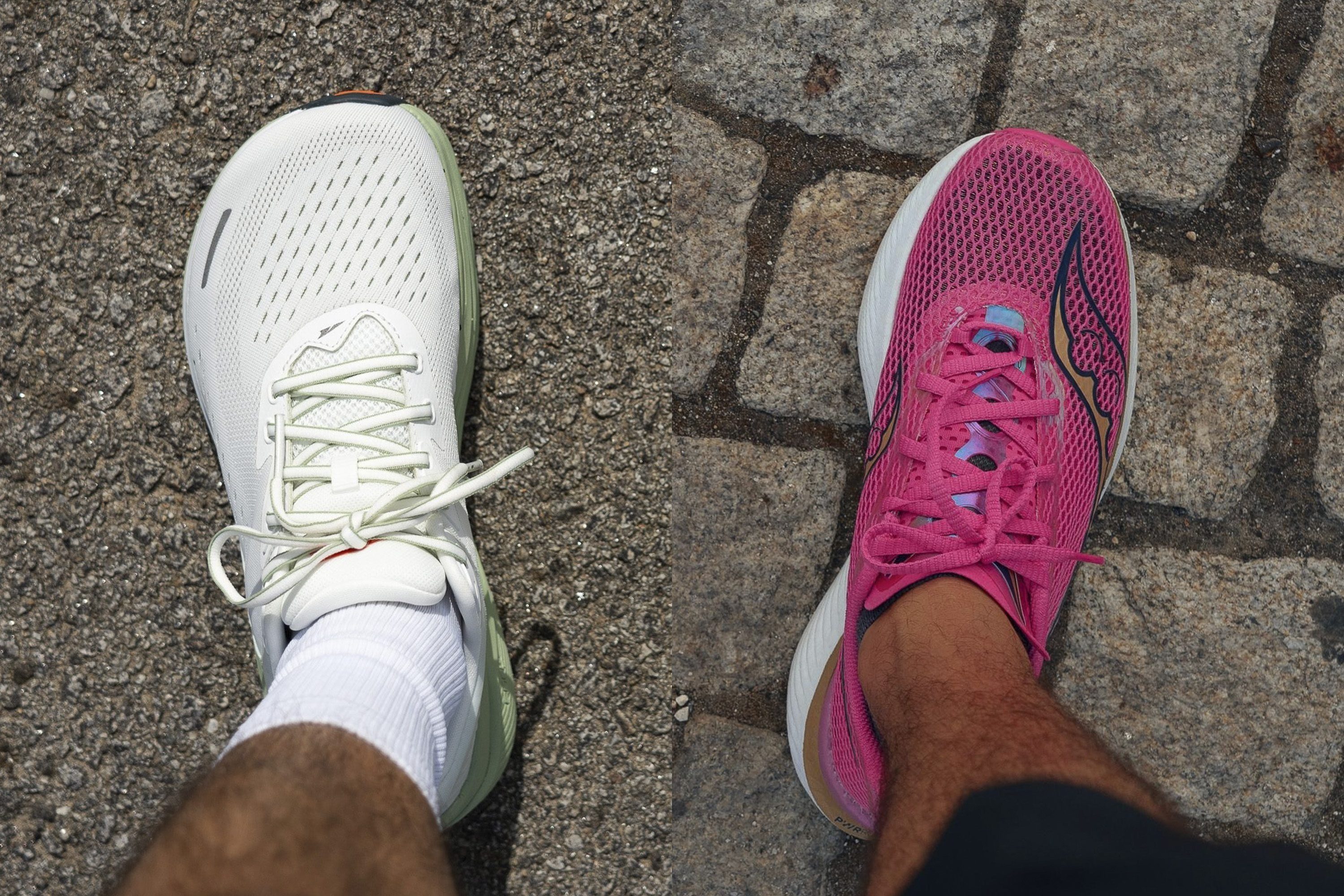
But most brands rely on the letter indications like “B,” “D,” “2E,” etc. to communicate available widths. Here is what width each of the letters refers to:
| Width | Women’s | Men’s |
|---|---|---|
| 4A (AAAA) | Extra Narrow | - |
| 2A (AA) | Narrow | Extra Narrow |
| B | Medium | Narrow |
| D | Wide | Medium |
| 2E (EE) | Extra Wide | Wide |
| 4E (EEEE) | XX-Wide | Extra Wide |
| 6E (EEEEEE) | - | XX-Wide |
Because there is no universal standard, it’s hard to determine the right width for you without trying the shoe on in person. The rule of thumb is that there is approximately an ⅛ inch (3.18 mm) difference between widths but it's not always true. Here is a comparison table of shoe widths from Hoka and New Balance in the same men's US size 9:
| Brand | Size | Narrow (B) | Medium (D) | Wide (2E) | Extra Wide (4E) |
| Hoka | men's US 9 | - | 100 mm | 108 mm | 112 mm |
| New Balance | men's US 9 | 100 mm | 104 mm | 107 mm | 110 mm |
Having measured the widest part of the toebox in over 700 shoes in a men's US size 9 (Medium D width), we found that the average width comes in at 99.5 mm but the range goes from 82 mm to 113 mm! You can check the toebox dimensions for each shoe in our in-depth lab reviews.
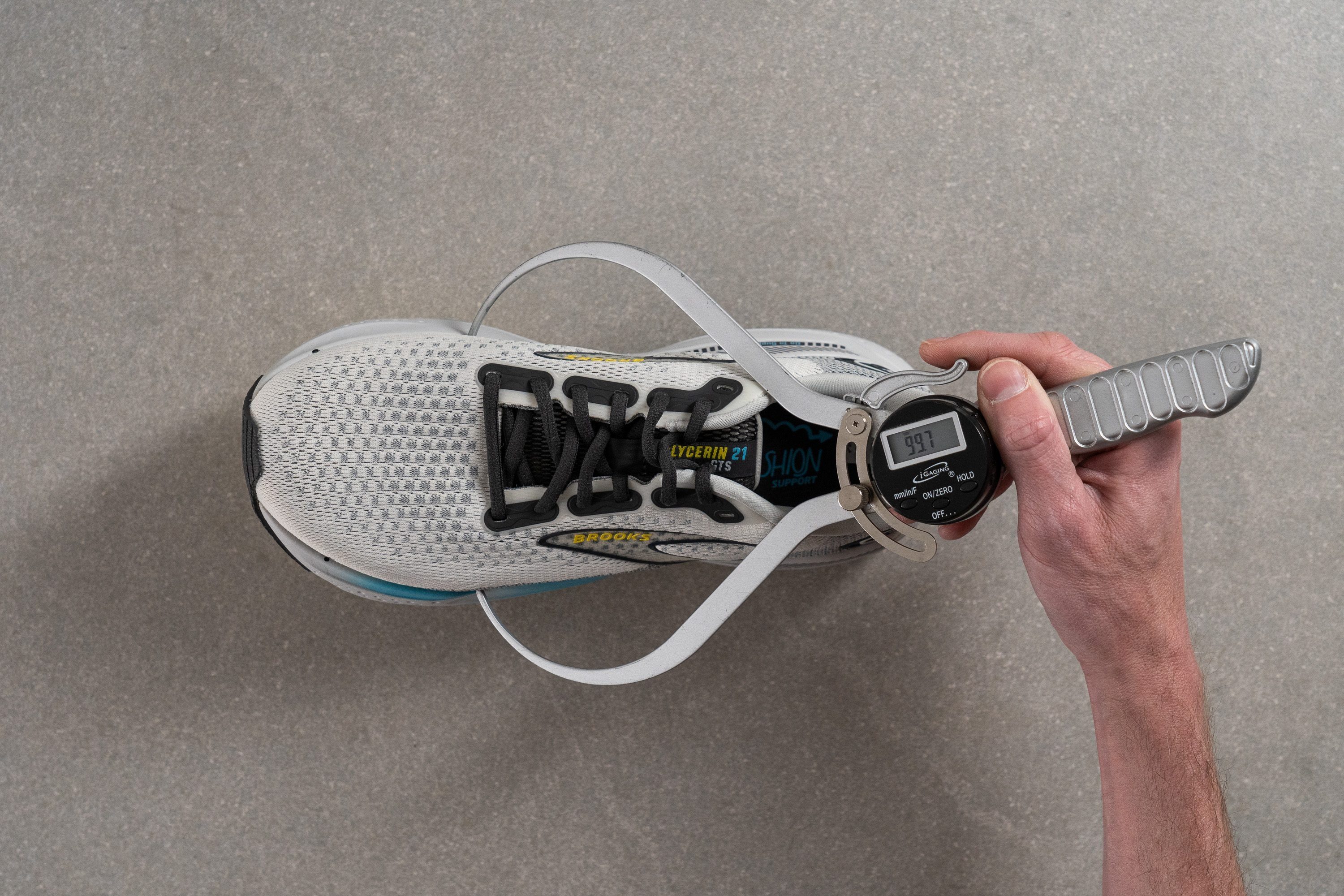
How to know if the fit is right
Running shoes, gym trainers, sneakers, and most other types of footwear should tick the following boxes:
- Heel: locked in and not slipping out when you bend the foot, walk, or run
- Midfoot: snug but not tight, there should be no pinching
- Toebox: there is a thumb’s width space between your longest toe and the shoe’s front and the toes have enough room to splay sideways without pressure
PLEASE REMEMBER: A shoe should feel right and comfortable straight from the box. Don’t rely on a break-in period to change the fit significantly.
More niche sportswear like race running shoes, track spikes, and cross-country shoes will have different fit standards as they require a snug, second-skin-like fit.
TIP: Some issues like heel slipping, discomfort due to high arches, or a tendency to foot swelling can be helped with a customized lacing technique.
Measure your feet every year
And right before looking for new shoes.
Life is dynamic and so are our bodies and feet. A multitude of factors can impact your foot dimensions over time:
- significantly increased or decreased physical activity
- developing foot conditions like bunions, arthritis, edema, hammertoes
- gaining weight
- pregnancy
It can be hard to acknowledge that you need to get a full size bigger but a well-fitting shoe is key to your comfort and health.
